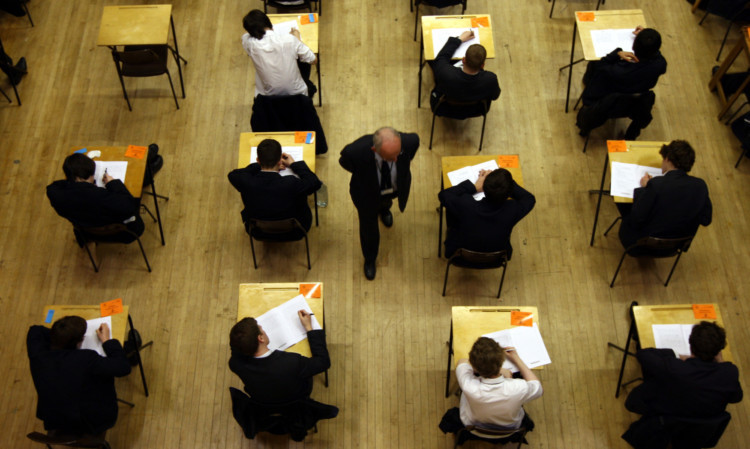Pupils across Scotland took a step into the unknown yesterday when they became the first to sit National 5 exams.
These have replaced the Standard Grade credit level and have drawn criticism from the EIS teachers’ union, which claimed earlier this year that schools needed more support to put the system in place.
Minister for Learning Alasdair Allan said: “The Scottish Government, working closely with the Scottish Qualifications Authority and Education Scotland, has provided anunprecedented level of support to help teachers and schools prepare for Curriculum for Excellence and the National Qualifications.
“We want to see every young person leave school with the best qualifications and skills they can. I am fully confident everything has been done to prepare teachers, schools and pupils for these new qualifications.”
Over the next six weeks, more than 147,000 candidates will sit National 5s along with Intermediates, Higher and Advanced Highers. This year also has also seen the launch of National 4s but these are marked on coursework and do not involve a final exam.
The revamped exams are part of Curriculum for Excellence (CfE), which is meant to improve educational continuity for pupils throughout their time at school and provide them with more modern and practical skills.
The introduction of CfE proved controversial, with teachers, parents and unions raising concerns.
Teaching unions have warned about the amount of work linked to the new curriculum, with some teachers saying they have to work more than 60 hours a week. However, the unions have also stressed their members are committed to making sure the new qualifications are a success.
There have been complaints about an apparent lack of exam practice papers and one of the architects of the system left his post only weeks before the start of the new exams.
SQA chief executive Janet Brown said: “These qualifications are modern, relevant, flexible and practical and designed to equip young people with a wide range of skills.
“There is more of a focus on coursework in the new qualifications, to ensure learners are consolidating and can apply the skills and knowledge they have developed throughout the year and ensure their qualifications reflect that.”
The exams will continue until June 6 and the results will be known on August 5.
